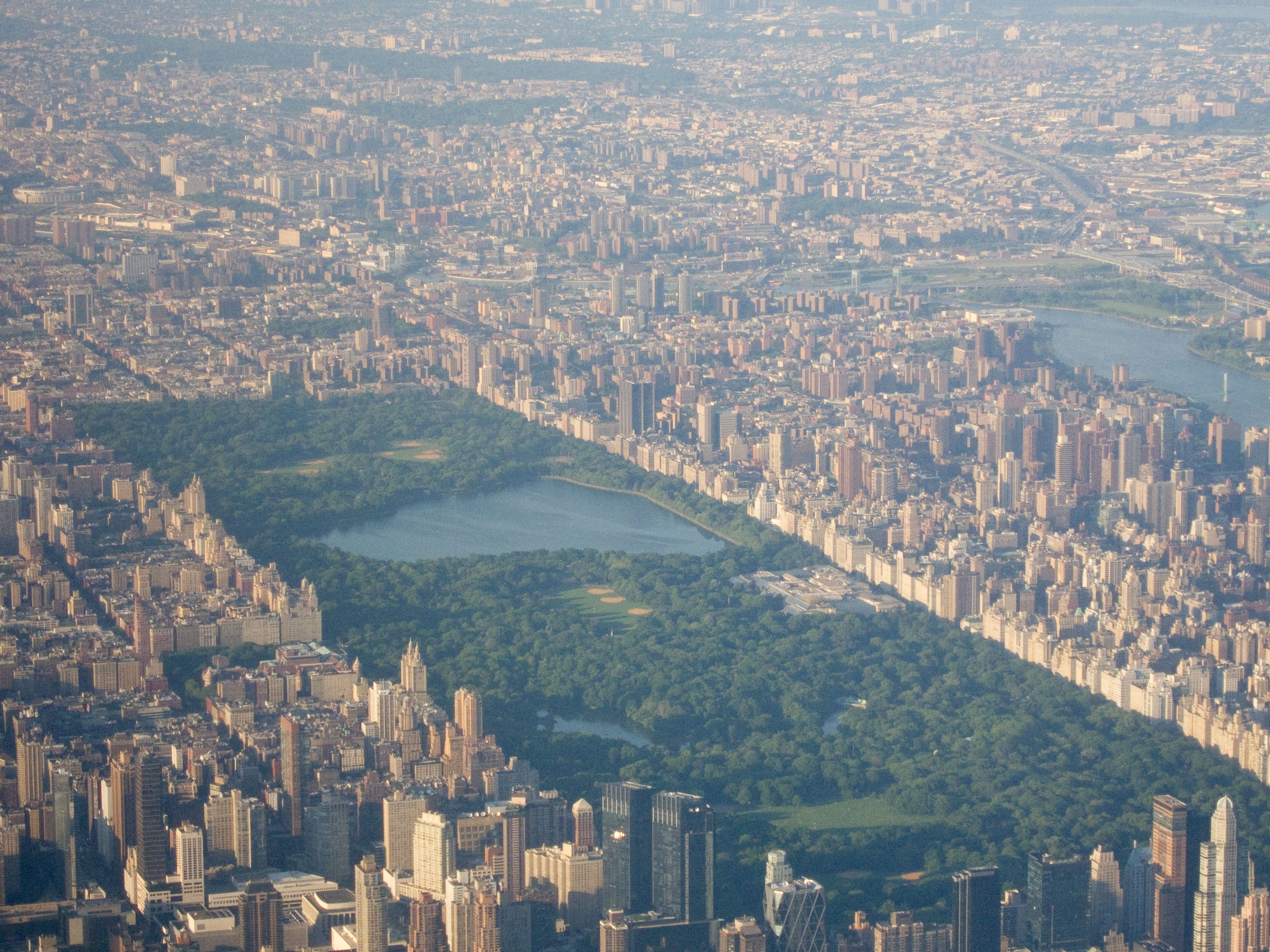population fragmentation on:
[Wikipedia]
[Google]
[Amazon]
 Population fragmentation is a form of population segregation. It is often caused by habitat fragmentation.
Population fragmentation is a form of population segregation. It is often caused by habitat fragmentation.
Fragmentation Habitat Environmental conservation {{habitat-stub
 Population fragmentation is a form of population segregation. It is often caused by habitat fragmentation.
Population fragmentation is a form of population segregation. It is often caused by habitat fragmentation.
Causes
Population fragmentation can be the cause of natural forces or human actions, although in modern times, human activity is the most common cause. Some general causes of fragmentation are: * the development of land around a protected area, even through the addition of a single road lane or fence line, * the captivity, capture or killing of species in an area that links populations, * the movement of a population away from other individuals of that species, such as the natural introduction of wolves and moose on Isle Royale, * geologic processes, such as landslides or volcanoes, dividing a habitat * rising sea levels separating islands from what was once a common landmass, * global warming, especially when coupled with mountains, reducing movement from one habitat to another.Genetic effects
Population fragmentation may cause inbreeding depression, which leads to a decrease in genetic variability in the species involved.. This decreases the fitness of the population for several reasons. First, inbreeding forces competition with relatives, which decreases the evolutionary fitness of the species. Secondly, the decrease in genetic variability causes an increased possibility a lethalhomozygous
Zygosity (the noun, zygote, is from the Greek "yoked," from "yoke") () is the degree to which both copies of a chromosome or gene have the same genetic sequence. In other words, it is the degree of similarity of the alleles in an organism.
Mos ...
recessive trait may be expressed; this decreases the average litter size reproduced, indirectly decreasing the population.. When a population is small, the influence of genetic drift
Genetic drift, also known as random genetic drift, allelic drift or the Wright effect, is the change in the Allele frequency, frequency of an existing gene variant (allele) in a population due to random chance.
Genetic drift may cause gene va ...
increases, which leads to less and/or random fixation of alleles. In turn, this leads to increased homozygosity, negatively affecting individual fitness. The performance of plants may be compromised by less effective selection which causes an accumulation of deleterious mutations in small populations. Since individuals in small populations are more likely to be related, they are more likely to inbreed. A reduction in fitness may occur in small plant populations because of mutation accumulation, reduced genetic diversity, and increased inbreeding. Over time, the evolutionary potential and ability of a species to adapt to a changing environment, such as climate change, is decreased. In addition, the limited ability to adapt to changes due to inadequate gene flow
In population genetics, gene flow (also known as migration and allele flow) is the transfer of genetic variation, genetic material from one population to another. If the rate of gene flow is high enough, then two populations will have equivalent ...
can also increase a species susceptibility to extinction.
Other instances of population fragmentation show that while population bottlenecks resulting from fragmentation should lower genetic diversity over time, as mentioned, some species that experience these changes are able to maintain high levels of genetic diversity. Population fragmentation into multiple, smaller subpopulations, and with periods of low gene flow, is able to adequately preserve allelic richness, the number of alleles in a population, at the expense of heterozygosity - increases the Loss of heterozygosity.
Population fragmentation by habitat fragmentation has been shown to increase the genetic differentiation between different subpopulations as there is less gene flow due to the physical separation.
Proposed conservation solutions
Population fragmentation can result in reduced gene flow, increasing the risk for inbreeding depression and extinction overall. However, the implications of population fragmentation on conservation efforts requires further research. Gene flow, which is the introduction of new alleles into a population, leads to genetically and phenotypically similar organisms. Additionally, it can increase biodiversity in a population by introducing new alleles from various individuals. To reduce the effects, or prevent population fragmentation, researchers propose multiple solutions as it relates to human activity. First, they state that the removal of barriers (i.e., fencing, highways) could restore populations. This is especially relevant for urban areas, where building infrastructure can physically prevent back-and-forth movement between habitats, forcing them to relocate or even form new populations. However, barrier removal is not always possible, especially in rapidly urbanizing environments. A second proposed solution is to maintain connectivity between habitats located beyond barriers, as well as high-quality habitats (i.e., climate control, reduced pollution levels). It must be noted, though, that researchers had aquatic species in mind when proposing these solutions and they may not have the same applications for terrestrial organisms. Furthermore, the effects of climate change may make it difficult to achieve these solutions without relevant legislation. Similarly, researchers from a separate study proposed resisting policies that support habitat fragmentation and controlling human access to habitats as to not disrupt them. Again, this may only be achievable through policy implementation. Lastly, understanding the implications of climate change and differing species can be impacted based on their ecological niche requires further research.See also
* Metapopulation *Wildlife corridor
A wildlife corridor, also known as a habitat corridor, or green corridor, is a designated area habitat (ecology), that connects wildlife populations that have been separated by human activities or structures, such as development, roads, or land ...
* Habitat fragmentation
References
Fragmentation Habitat Environmental conservation {{habitat-stub